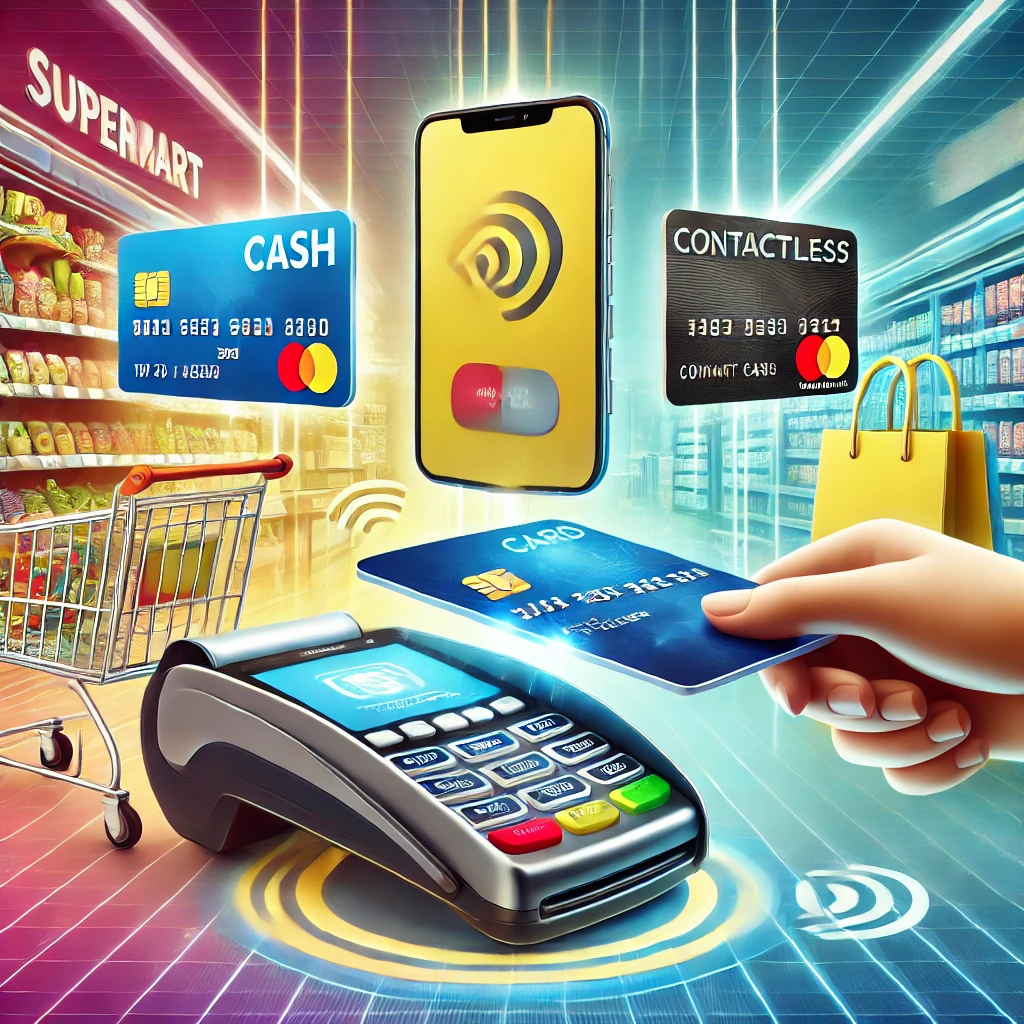Supermarkets offer many ways to pay: cash, card, digital wallets, and more. Each option has its pros and cons, making it easy for everyone to choose what works best. Let’s dive into the different supermarket payment methods to help you decide the best way to pay for your groceries.
Why Do Payment Options Matter?
Not all payment methods are created equal. Some offer speed, others offer security, and some just feel more convenient. Supermarkets know this, so they offer many ways to pay, aiming to make shopping easier for everyone. Let’s explore each option in detail.
Common Supermarket Payment Methods
1. Cash Payments
Cash is the original payment method. You hand over physical money, receive your change, and you’re done. Cash payments are straightforward but come with pros and cons.
Pros of Cash:
- No risk of hacking or card fraud.
- Simple and fast for smaller purchases.
Cons of Cash:
- Carrying cash can be inconvenient.
- If lost, cash can’t be recovered.
2. Debit and Credit Cards
Cards are probably the most popular way to pay today. You swipe, insert, or tap—and you’re good to go.
Pros of Cards:
- Secure with PIN and fraud protection.
- Convenient, no need to carry large amounts of cash.
Cons of Cards:
- Some stores may have card minimums.
- Potential fees with credit card interest.
3. Digital Wallets
Apple Pay, Google Pay, Samsung Pay—these are all digital wallets. You link your card, then tap your phone or smartwatch at checkout.
Pros of Digital Wallets:
- Quick and easy, no need to carry a wallet.
- Extra layers of security with face or fingerprint ID.
Cons of Digital Wallets:
- Requires a smartphone, so it’s not for everyone.
- Limited by phone battery life.
4. Contactless Payments
Similar to digital wallets, contactless cards let you tap and go. You just tap your card on the terminal, and the payment is done.
Pros of Contactless:
- Fastest payment option available.
- No need to enter a PIN for small purchases.
Cons of Contactless:
- Small spending limit for security reasons.
- May not be available in all regions.
5. Buy Now, Pay Later (BNPL) Options
Some supermarkets now offer buy now, pay later options like Klarna or Afterpay, letting you spread payments over time.
Pros of BNPL:
- Spread out the cost of big grocery trips.
- Flexible payment schedule.
Cons of BNPL:
- Late fees if payments are missed.
- Not available in all stores.
6. Gift Cards and Store Credit
Gift cards let you pre-load money onto a card that’s specific to one store.
Pros of Gift Cards:
- Good for budgeting or gifting.
- Often offered as rewards or discounts.
Cons of Gift Cards:
- Only usable in one store.
- Must keep track of balance.
Comparing Payment Options in Supermarkets
Here’s a quick comparison to help you find the best fit:
| Payment Method | Speed | Security | Availability | Best For |
|---|---|---|---|---|
| Cash | Moderate | High | Universal | Small, local purchases |
| Debit/Credit Cards | High | High | Universal | Convenience, large spends |
| Digital Wallets | Very High | Very High | Limited region | Tech-savvy shoppers |
| Contactless | Very High | Moderate | Most places | Fast, low-value buys |
| Buy Now, Pay Later | Low | Moderate | Limited stores | Big trips, flexible pay |
| Gift Cards | Moderate | High | Store-specific | Gifts, budget control |
Which Payment Option is Best for You?
The best option depends on your needs:
- Want speed? Go for contactless payments or digital wallets.
- On a budget? Cash or gift cards can help you stay within limits.
- Prefer flexibility? Try BNPL for spreading payments on bigger trips.
Future of Supermarket Payment Methods
Expect even more choices soon, as supermarkets continue to innovate. Facial recognition, cryptocurrencies, and even self-checkout apps are on the horizon, making the shopping experience quicker and more flexible.
In conclusion, whether you choose cash, card, or digital wallet, each method has its strengths. Supermarkets are making it easier than ever to pay in ways that suit everyone’s needs. Next time you’re at the checkout, you’ll know exactly which option is best for you. Happy shopping!

